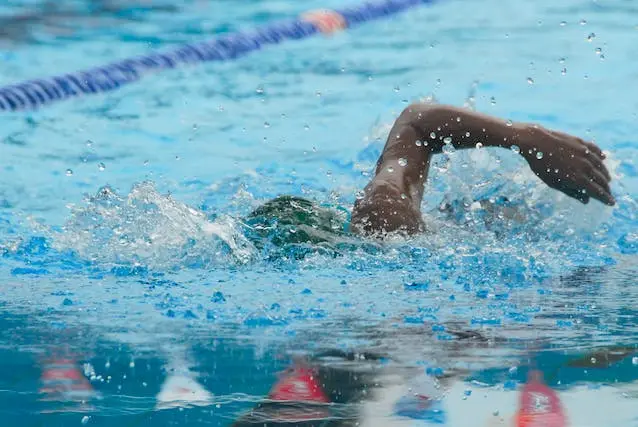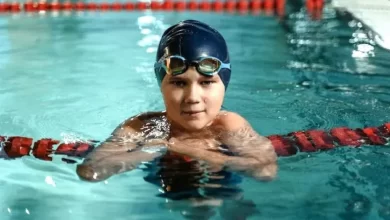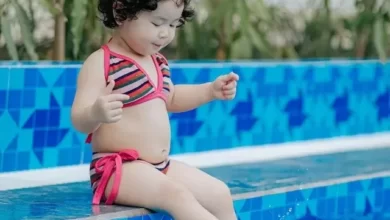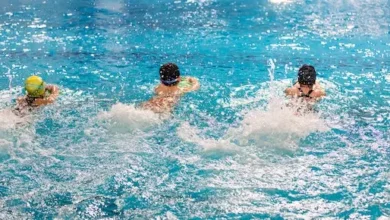Beyond the Basics: Advanced Tips for Selecting the Right and Safe Swimming Class
Embarking on the journey of finding the perfect swimming class for your child involves more than just considering the basics. In this guide, we delve into advanced tips to ensure you make an informed decision that aligns with your child’s needs and expectations. Let’s explore the intricacies of selecting a swimming class that goes beyond the surface.
In this article,
What role does the instructor-student ratio play in choosing the right swimming class?
The instructor-student ratio is a critical factor that directly influences the quality of instruction your child receives. Smaller ratios ensure personalized attention, allowing the instructor to address individual needs and provide tailored guidance. This creates an environment where your child can progress more effectively, building a strong foundation for swimming skills.
- Personalized Attention: Smaller ratios enable instructors to focus on each child’s specific needs.
- Tailored Guidance: Instructors can provide individualized feedback and assistance for better skill development.
- Increased Effectiveness: A smaller group allows for a more efficient learning process, enhancing overall progress.
How does the class curriculum impact my child’s progress in swimming?

The class curriculum is the roadmap for your child’s swimming journey. A well-structured curriculum should cover a spectrum of skills, including water safety, fundamental strokes, and enjoyable activities. A comprehensive curriculum ensures that your child’s learning experience is not only educational but also engaging and well-rounded, fostering a love for swimming.
- Skill Variety: A diverse curriculum introduces children to various swimming skills and techniques.
- Engaging Activities: Incorporating enjoyable activities keeps children interested and excited about learning.
- Holistic Development: A well-rounded curriculum focuses on overall swimming proficiency and water safety.
Should I consider the teaching methods used in the swim class?
Absolutely. Teaching methods significantly influence how well your child grasps swimming concepts. Look for classes that employ diverse teaching approaches, catering to various learning styles. A mix of visual demonstrations, verbal instructions, and hands-on activities can accommodate different preferences, making the learning process more effective and enjoyable.
- Diverse Approaches: Varied teaching methods address the diverse learning styles of children.
- Visual Demonstrations: Visual aids help children better understand swimming techniques.
- Hands-on Activities: Practical engagement enhances the learning experience and reinforces concepts.
What is the significance of the water temperature in a swimming class?

Water temperature plays a crucial role in creating a comfortable and enjoyable learning environment. For young children, especially infants and toddlers, warmer water is preferable to prevent discomfort. Ensuring that the facility maintains optimal water temperatures contributes to a positive and safe experience for your child.
- Comfortable Learning: Warmer water ensures that children feel comfortable and at ease during lessons.
- Safety Considerations: Maintaining optimal water temperatures is crucial for preventing discomfort or chilling.
- Positive Experience: Comfortable water conditions contribute to a positive and enjoyable learning atmosphere.
How can I assess if a swimming class aligns with my child’s skill level?
It’s essential to choose a swimming class that evaluates and groups children based on their skill levels. This ensures that your child is placed in an appropriate learning environment where they are neither overwhelmed nor under-challenged. Tailored instruction based on skill level promotes steady and confident skill development.
- Skill Assessment: Classes that assess and group children based on skill levels provide targeted instruction.
- Balanced Challenges: Proper grouping ensures that children face challenges suitable for their skill levels, fostering gradual improvement.
- Individual Progress: Tailored instruction allows each child to progress at their own pace, building confidence.
What role does the pool environment play in the selection process?
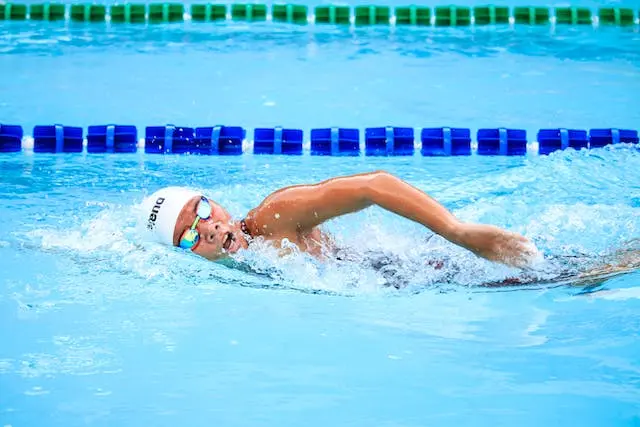
The pool environment is a key aspect of the overall learning experience. Ensure that the facility maintains a safe, clean, and well-maintained pool. A well-kept pool not only contributes to your child’s safety but also creates a positive and inviting atmosphere for learning.
- Safety Standards: A well-maintained pool meets safety standards, reducing the risk of accidents.
- Clean Atmosphere: A tidy pool environment enhances the overall experience and encourages participation.
- Positive Ambiance: A well-kept pool contributes to a positive and inviting atmosphere for children.
How can I gauge the effectiveness of communication between the instructor and parents?
Open and effective communication is vital for staying informed about your child’s progress. Look for swimming classes where instructors provide regular and transparent feedback. This communication fosters a collaborative relationship, allowing you to be actively involved in your child’s swimming journey.
- Regular Feedback: Classes with consistent feedback keep parents updated on their child’s achievements and areas for improvement.
- Transparent Communication: Instructors who maintain open lines of communication create a collaborative partnership with parents.
- Parental Involvement: Effective communication encourages parents to actively participate in their child’s swimming development.
Should I consider classes that offer additional certifications or progress evaluations?
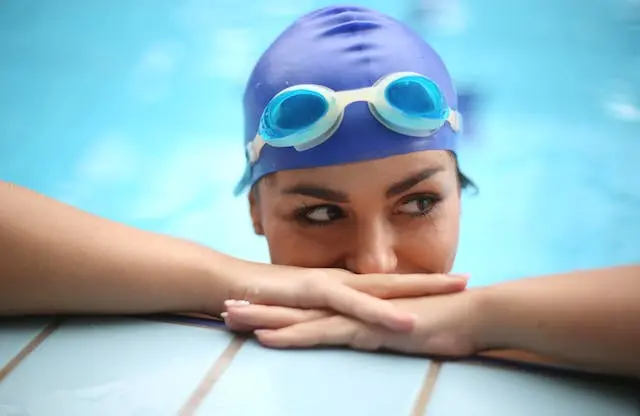
Opting for classes that offer additional certifications or progress evaluations is a wise choice. This demonstrates the commitment of the swimming program to excellence and continuous improvement. Certifications and evaluations provide tangible milestones for your child’s progress and showcase the program’s dedication to their overall development.
- Program Commitment: Offering certifications and evaluations reflects the program’s commitment to providing high-quality instruction.
- Milestone Recognition: Certifications and evaluations serve as tangible milestones, highlighting your child’s achievements.
- Holistic Development: Programs that emphasize progress evaluations contribute to the overall development of each child.
What is the significance of incorporating fun and play in swimming classes?
Learning through play is a powerful method, especially for young children. Look for classes that strike a balance between structured learning and enjoyable activities. Incorporating fun and play not only keeps your child engaged but also enhances the overall experience, making learning a joyful and positive endeavour.
- Engaged Learning: Fun and play ensure that children remain engaged and enthusiastic about swimming lessons.
- Positive Associations: Enjoyable activities create positive associations with swimming, fostering a love for the water.
- Skill Reinforcement: Playful elements in lessons help reinforce swimming skills in a lighthearted manner.
How can I ensure that the swimming class schedule fits into our family routine?
Practical considerations, such as the class schedule, are crucial for consistency. Choose classes with schedules that align with your family’s routine. Consider factors like timing, duration, and frequency to ensure that attending swimming classes becomes a manageable and convenient part of your family’s weekly activities.
- Consistency: A schedule that aligns with your routine promotes regular attendance and consistent progress.
- Family Convenience: Choosing a convenient schedule ensures that attending classes is manageable for your family.
- Time Management: Assessing the duration and frequency of classes helps in planning and managing your child’s swimming activities within your weekly routine.
Conclusion
Selecting the right swimming class involves a nuanced understanding of various factors. By considering these advanced tips, you pave the way for an enriching and enjoyable swimming experience for your child. Remember, the journey beyond the basics leads to a pool of possibilities for your little one’s aquatic adventures.

Why is the instructor-student ratio crucial, and how can it impact my child’s swimming experience?
The instructor-student ratio plays a vital role in ensuring personalized attention and effective learning. A smaller ratio allows instructors to focus on individual needs, providing tailored guidance for optimal skill development. This personalized approach enhances the overall swimming experience for your child.
Points:
1. Smaller ratios ensure personalized attention for each child.
2. Tailored guidance contributes to effective skill development.
3. A more focused learning environment promotes enhanced progress.
How can teaching methods influence my child’s understanding of swimming concepts, and why is diversity in teaching approaches important?
Teaching methods significantly influence how well children grasp swimming concepts. Diverse approaches, including visual demonstrations, verbal instructions, and hands-on activities, cater to various learning styles. This diversity ensures that each child can comprehend and apply swimming techniques effectively.
Points:
1. Diverse teaching methods accommodate different learning styles.
2. Visual demonstrations aid in understanding swimming techniques.
3. Hands-on activities enhance the learning experience and reinforce concepts.
